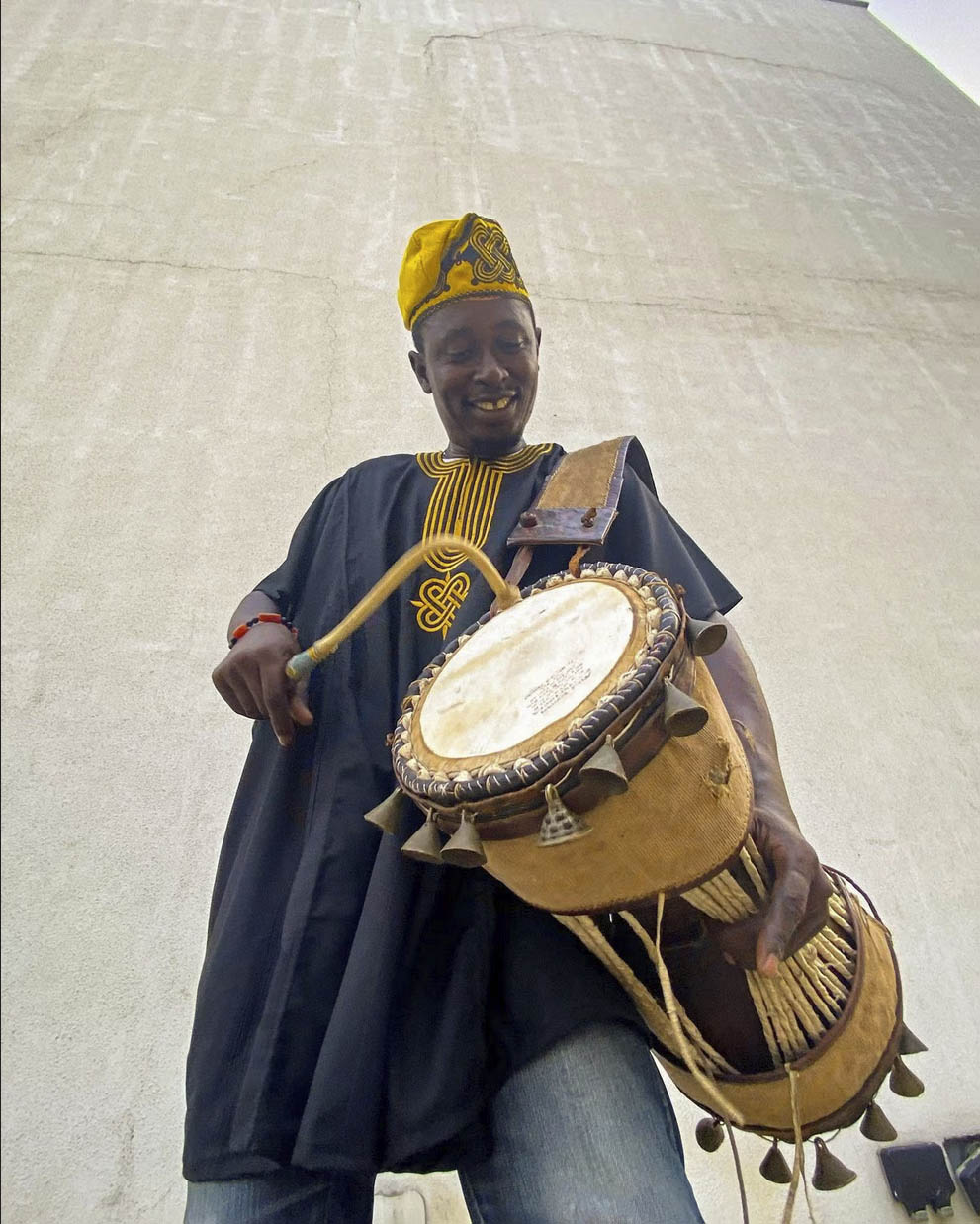
Chair’s Scope
Tradition & Traditional music
Tradition involves passing down customs, knowledge, and practices from one generation to the next, preserving cultural heritage and values. Surrendering to the spirit of cultural practices means actively embracing and embodying one’s cultural essence through rituals, beliefs, and customs. This immersion fosters a sense of belonging and continuity, acknowledging the wisdom of ancestors and connecting people within a community.
Traditional music stands as a vital heritage, echoing a community’s history, values, and identity. Passed down through generations, it embodies ancestral wisdom, reflecting past struggles, joys, and tales. Rooted in culture and local customs, it binds people together, fostering a sense of belonging and shared experience. Unique melodies, rhythms, and instruments showcase diverse human expression across regions and epochs. This inheritance enables younger generations to connect with their roots, embracing their collective past. Beyond art, traditional music bridges the past and present, reminding us of our cultural legacy’s significance for future generations.
Anthropology of traditional music
The anthropology of traditional music is a subfield that explores its cultural significance in diverse societies. Serving as a medium for transmitting knowledge and oral histories, it plays a vital role in preserving societal norms across generations. Anthropologists study its involvement in rituals and ceremonies, emphasizing symbolic and communal bonding aspects. They examine the diversity of musical instruments, their craftsmanship, and symbolic meanings. This field reveals how societies maintain cultural identity through musical expressions. However, globalization presents challenges and opportunities, with commercialization risking authenticity. Researchers delve into performance and transmission, including oral traditions and master-apprentice relationships. The impact of modern media on preservation and dissemination is also studied. Overall, the anthropology of traditional music deepens appreciation for the intricate interconnections between music, culture, and identity, enriching our understanding of humanity’s diverse musical heritage.
Traditional music as living heritage
In a remote mountain village, traditional music thrived as the heart of the community. Each evening, young and old musicians gathered in the central square, playing unique instruments, weaving mesmerizing tales of ancient legends, love stories, and struggles. This lyrical form preserved their history, drawing visitors from distant lands who embraced the magic of the music, transcending language barriers. In twilight’s embrace, villagers danced joyously, united by enchanting melodies, as the music bridged hearts and fostered bonds. It reminded them of the vital role in preserving their cultural identity for generations to come.
Musical heritage and gender
In a vibrant town, a living musical heritage thrived, passed down through generations. Amidst this tradition, an inspiring tale unfolded, highlighting women who defied societal norms as torchbearers of this legacy. Breaking barriers, they embraced their passion for music, playing “unsuitable” instruments, and standing tall beside male musicians. As the sun set, the village square filled with their captivating voices and instruments, empowering young girls to dream beyond limitations. Their artistry united the community, transcending gender divides and celebrating living heritage. Through resilience and dedication, these women became the heart and soul of this cherished tradition, leaving a legacy of courage and progress. Their story continues to inspire future generations, breaking stereotypes, preserving culture, and embracing passions, ensuring the melodies of their living heritage endure for eternity.
